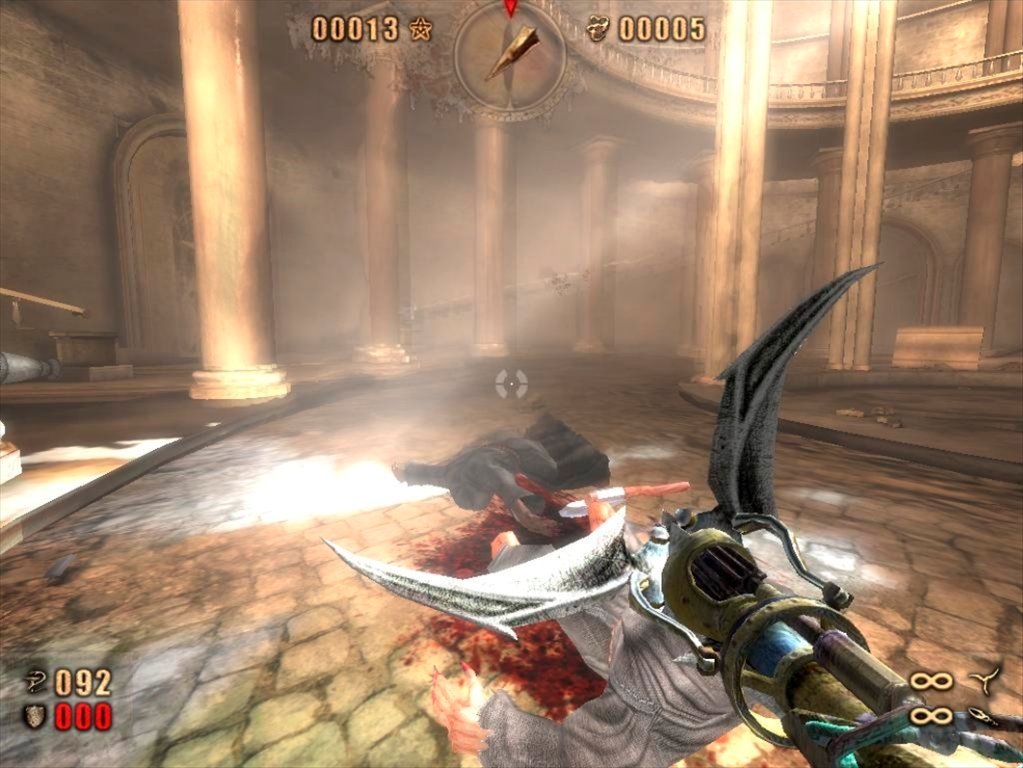

If physical therapy doesn’t improve your condition, surgery is an option,” he said. Some doctors can prescribe medications to decrease pain and reduce inflammation in the joint. This can take anywhere from a few weeks to a few months. The goal is to stretch your shoulder joint and recover motion. “Physiotherapy is the most common mode of treatment. Once that is done, there are a few treatment options to consider, added Shanthakumar. The condition has to be first diagnosed as mild, moderate or severe, said Raghavendra. Raghavendra said it is most commonly seen in people between 35 and 65 years of age, and women are more prone to it than men.

While there is no particular reason why one develops a frozen shoulder, ones with a previous injury, diabetes, previous surgeries around or of the shoulder, thyroid issues, cardiovascular diseases, tuberculosis and Parkinson’s disease are more prone to developing it, said Ingale. Frozen shoulder occurs when this capsule thickens and tightens around the shoulder joint, restricting its movement,” he said. “The bones, ligaments and tendons that make up the shoulder joint are encased in a capsule of connective tissue.

The shoulder is the only joint that commonly freezes, said Shanthakumar. One should not wait till these symptoms set in and should visit a doctor as soon as he or she develops pain around the shoulder or even faces minimal discomfort while moving the shoulder,” he said.


 0 kommentar(er)
0 kommentar(er)
